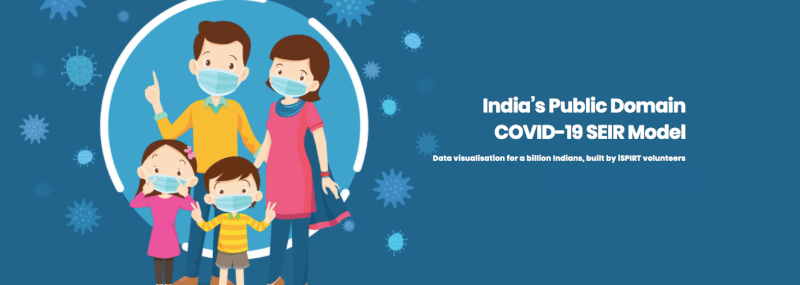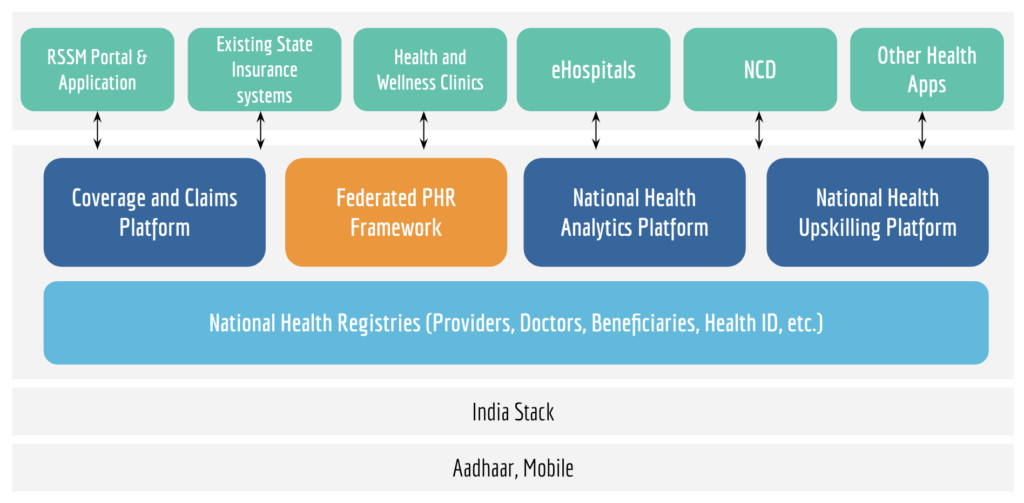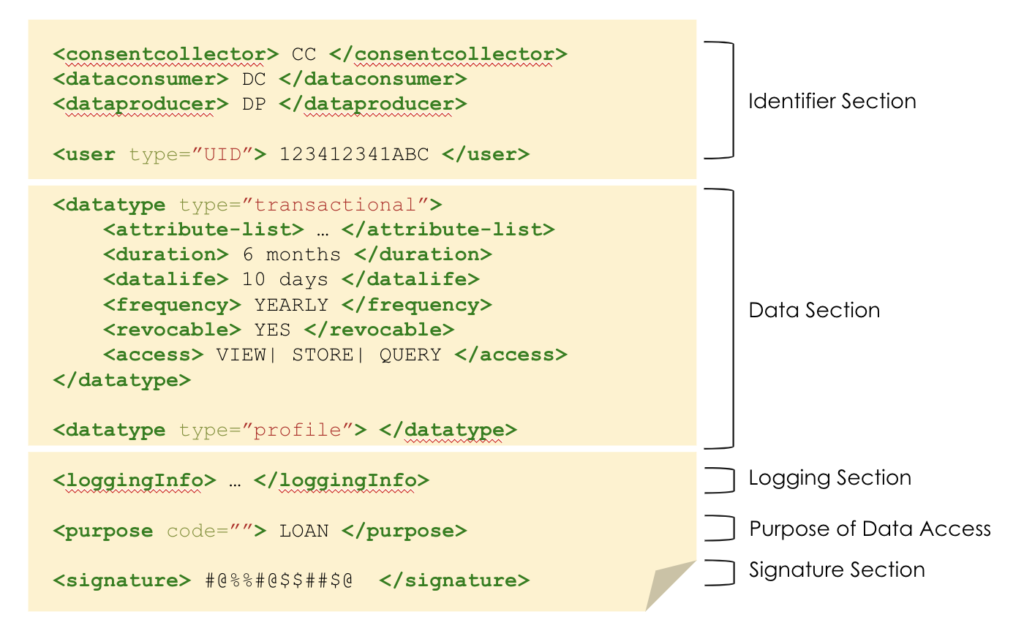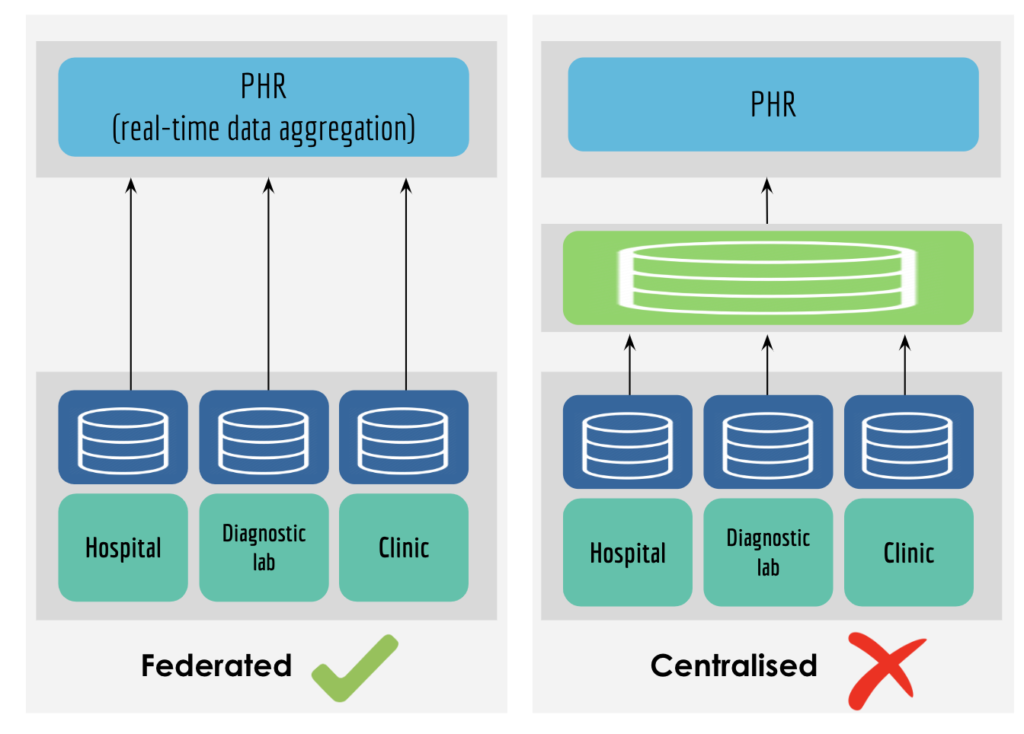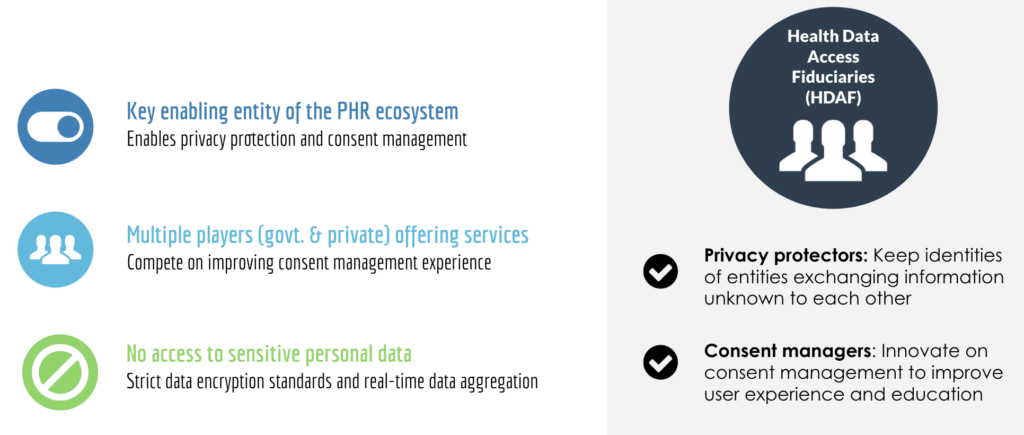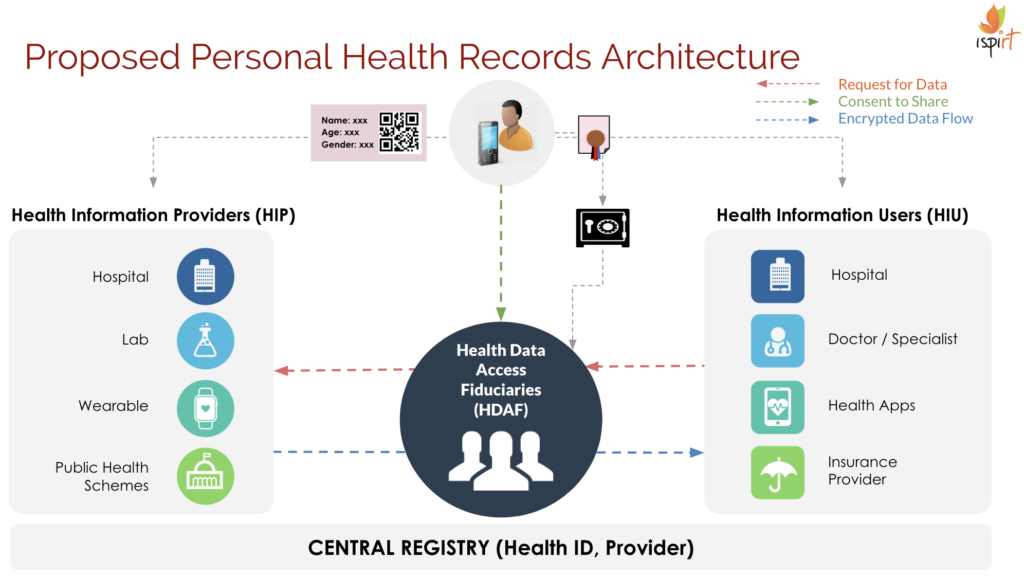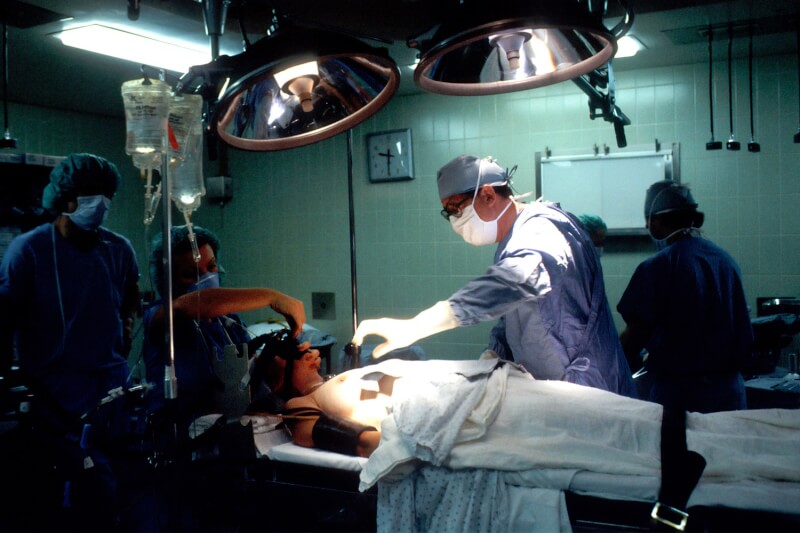Powered by data-led scientific rigor, the India COVID-19 SEIR Model delivers early infection trends for every district in India. The model is geared to help Indians from all walks of life plan life and work decisions around their region’s projected trends over the next 15-30 days. Hospitals can use the model to plan for a surge in demand for resources (beds, ICUs, ventilators); local and national level leaders across private and public sectors can use the model to decide how best to contain the spread of the disease and re-open safely. Epidemiologists can use the model to define how different behavioural and environmental factors affect disease transmission. We introduce 3 use cases in this blog post—the first in a series aimed at promoting scientific and modelling capability.
Wherever the Coronavirus curve has bent to our will, it has happened on the back of behaviour changes based on data-led insights. Everywhere, simple shifts in behavior—staying at home, wearing masks, sanitizing hands—have been informed by predictive models that showed us the mirror to a dystopian future if we didn’t edit our lifestyles. As a digital public good for a billion Indians, the value of the India COVID-19 SEIR Model lies in its reach and widespread use.
Until a vaccine is developed, we have to make sense of today’s numbers in the context of all our tomorrows. Individuals, policymakers—and everyone in between—can make smarter decisions if they know the evolving shape of the outbreak, and the India COVID-19 SEIR Model aims to do just that by enabling identification of potential trends and patterns in the next 15-30 days.
The approach taken by the model provides flexibility and utilisation from both a view of trends as core model adoption/enhancement.
We can all use it to bend India’s curve. That’s the ultimate use case, really — where the model tells us where it’s going and we, in turn, steer it in an entirely other direction. Models will change and that’s a good thing. It means we are responding. The power of models and data science in this particular moment is the ability to assist a very scientific approach to scenario planning during an ongoing pandemic.
We can turn the course of this pandemic and transform what this model tells us, every 24 hours. We are already watching the shape-shifting in real-time. It’s in your hands. Go on, try it.
Use Cases
User — Individuals & Businesses (PDF format)
User — Scientists (PDF format)
User — Policy-Makers (PDF format)
About the contributors: The blog post is co-authored by our volunteers Yashvi Jaju, Nikhila Natarajan and Srikar V Cintalagiri


